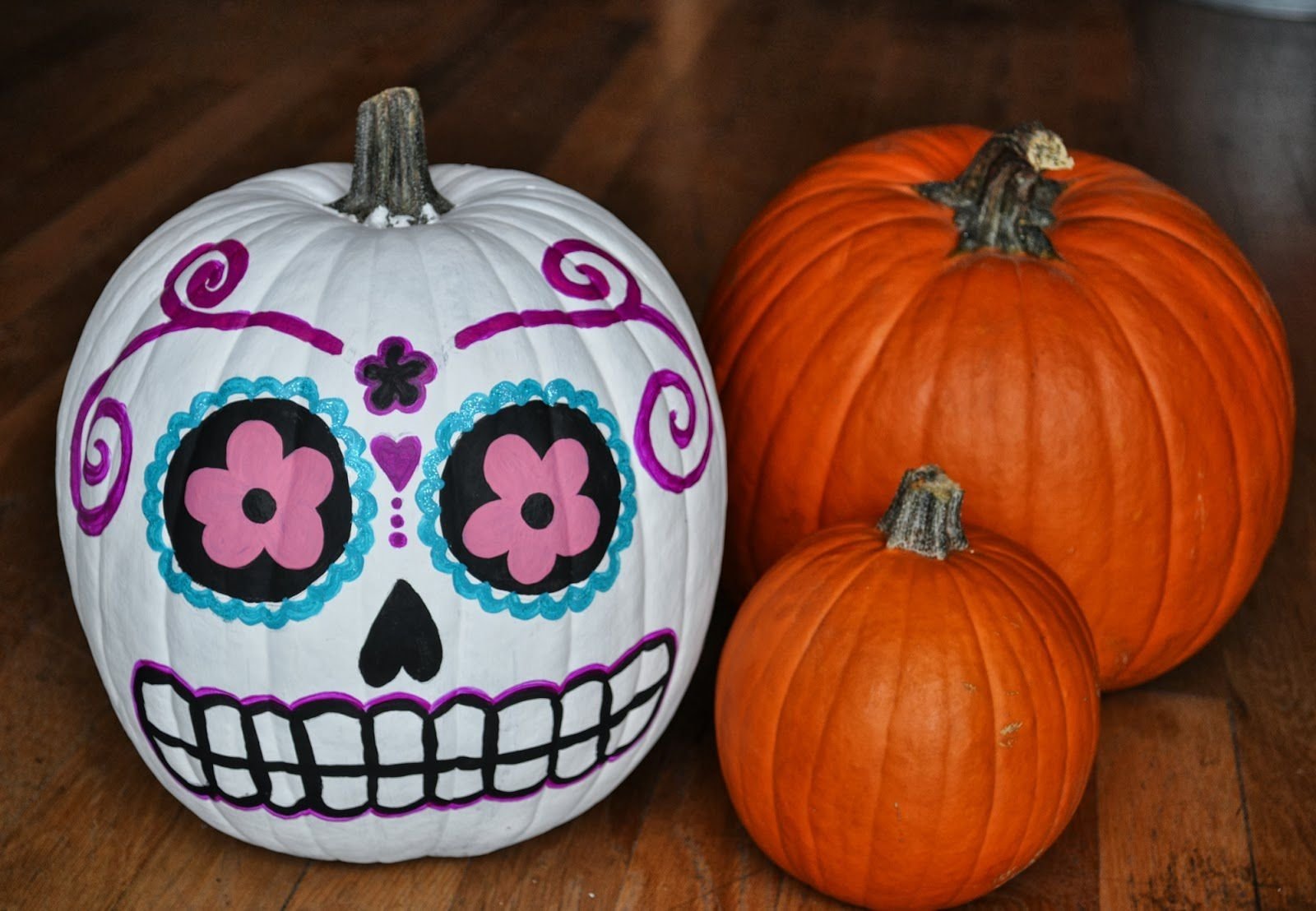

Nobody said a pumpkin’s got to be perfect.Ĭolor-blocking is a great way to go if you’ve got a real pumpkin with a showy stem or squishy shape. Hold or tape a pencil or marker across the top, set it next to the pumpkin, and rotate the pumpkin slowly to make a line all the way around.


Try multiple techniques by painting different designs on the front and back of the same pumpkin. Set out your pumpkins, paint, brushes, tape, etc., so you’re ready to go.ĭouble up on a single pumpkin. You can test out colors and patterns on a plain piece of paper, play with the scale of different designs on different pumpkin sizes, or make simple sketches to see how all your looks will hang together. But for a cute and coordinated group of gourds, you might try planning a bit. Of course, you can just jump in and start painting. Modern pastel: coral (mix equal amounts white and light red), black and white.Bold and bright: orange (mix 1 part light red with two parts yellow), purple (mix equal amounts of violet and white), black and white.We’ve got two-and we mixed our Crayola paints to adjust the colors a bit: You can get your inspiration from lots of different places: colors in a set, a photo you find online, or (our favorite) a greeting card. Cups and bowls (for balancing pumpkins)Ĭhoose a simple color palette.Something to cover your table with (newspaper, craft paper, really ugly tablecloth).Crayola acrylic paint (Kelly used the light red and violet available here and the white, black and yellow from this set).Real or artificial pumpkins in different shapes, sizes and colors.Inspired? Create and share by tagging pumpkins supplies (Plus some bonus ways to combine all three techniques.) Below, you’ll find her hints for three different painted pumpkin approaches: stripes and dots, color-blocking, and mark-making. Hallmark Artist Kelly Castor, a pumpkin-painting pro, gave us some fun design ideas and simple styling tips for creating and displaying a picture-perfect pumpkin pile. Painted pumpkins have it all: they’re super stylish, fun for adults and kiddos, require zero knife skills, and don’t require sticking your hand in gourd guts.


 0 kommentar(er)
0 kommentar(er)
